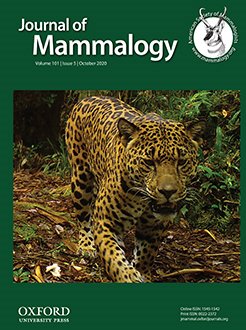Africa hosts a high number of bat species, many of which have been poorly studied. Among African vesper bats (Vespertilionidae), some species are morphologically similar to each other, hampering identification in the field. Consequently, basic information on these species' population dynamics, distributions, or behaviors is vague and/or incorrectly documented. Among some Vespertilionidae, variation in flaccid penis shape enables species identification. This variation in morphology is thought to have resulted from sexual selection operating on the erect penis. Furthermore, in the context of strong postcopulatory competition, divergence in sperm traits may have evolved among closely related species. These male reproductive characters have hitherto not been investigated in southern African vespertilionid bats. In this study, we present the morphology of flaccid penis, erect penis, and sperm, of six small vesper species, based on the prediction that these characters have evolved sufficiently toward different optima to allow species discrimination. Species identification based solely on the morphological characters of the penis entirely matched species identification based on traditional (craniodental) characters. We illustrate penis morphology of these species to assist with field identifications for future ecological, conservation, or behavioral studies. Sperm morphology was sufficient to discriminate between the different genera, but could not reliably separate Neoromicia nana, Ne. zuluensis, and Ne. capensis. Hence, we demonstrate that these difficult to identify species can be readily distinguished based on traits directly observable in the field and on living animals, which will lead to more focused field studies on these otherwise morphologically cryptic species. Finally, our comparisons of penis morphology support the suggestion that Hypsugo anchietae is better placed within the genus Neoromicia.
How to translate text using browser tools
27 July 2020
Penis morphology facilitates identification of cryptic African bat species
Nicolas J. Fasel,
Mnqobi L. Mamba,
Ara Monadjem
ACCESS THE FULL ARTICLE

Journal of Mammalogy
Vol. 101 • No. 5
October 2020
Vol. 101 • No. 5
October 2020
Chiroptera
copulatory behavior
field identification
gametes
male genitalia
postcopulatory selection
sperm competition




